Riding the Blue Wave: How China's Yacht Economy Is Making a Global Splash
Once dismissed as a niche luxury indulgence, yachting is swiftly becoming a symbol of middle-class aspiration and policy-fueled innovation in China. Across the marinas of Hainan's Free Trade Port (FTP) and the booming coastal cities of the Greater Bay Area, the yacht industry is no longer a private playground for the ultra-wealthy. Instead, it's evolving into an economic engine, fueling tourism, manufacturing, and cross-border investment. With compound annual growth projected at over 20%, China's yacht sector is on course to become a strategic node in the wider marine economy by 2030, growing from RMB 6.8 billion in 2023 to a forecasted RMB 24 billion.
This surge is not just domestic in nature; it's reshaping Asia-Pacific marine tourism and drawing the attention of global investors, equipment suppliers, and service providers.
From Status Symbol to Leisure Standard
China's expanding middle class, now backed by over 4 million high-net-worth households (with more than 60% expressing an interest in yacht-related spending), is redefining the demand curve. In metropolitan clusters with per capita GDPs exceeding USD 12,000 – such as the Yangtze River Delta and the Pearl River Delta – "light ownership" models are flourishing. Yacht rentals, maritime weddings, night cruises, and offshore fishing tours are now firmly embedded in the recreational vocabulary of upwardly mobile consumers. Rental prices have dropped from over RMB 100,000 per day to as low as RMB 30,000–50,000, making these experiences more accessible.
The shift is further supported by government-backed infrastructure: the number of yacht marinas nationwide has increased from 84 in 2015 to 216 in 2023.
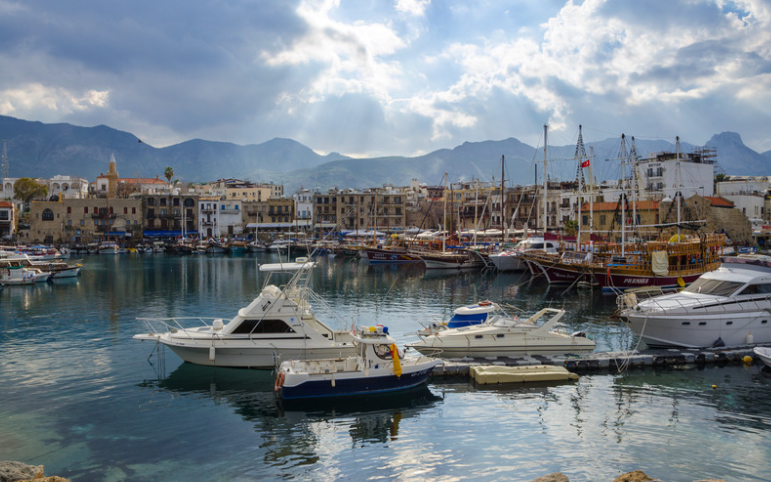
Policy Winds at Its Back
One of the most potent tailwinds has been regulatory reform. Hainan has spearheaded a series of policy innovations: from the creation of dedicated sailing zones and streamlined permit processes (reducing average approval time from 3 days to 8 hours) to generous tax breaks. Import tariffs on yachts have dropped to 15%, and enterprise income tax has been slashed to the same level, prompting more than 30 yacht-related companies to establish operations in the region.
China has committed over RMB 5 billion to building public yacht docks, aiming for 500 berths by 2025. This infrastructure investment is not only facilitating local tourism but also transforming coastal real estate dynamics, with yachts being perceived as "floating assets" akin to waterfront property.
A More Sophisticated Supply Chain
Domestically, the yacht manufacturing base has undergone a quiet transformation. Local champions such as Xiamen Yiho and Zhuhai Jianglong have made technical strides, pushing China’s share in the domestic yacht market from 35% in 2018 to 62% in 2023. These firms now routinely produce vessels exceeding 80 feet, with customizations and smart-tech integration rivaling global peers.
An exemplary case is Jianglong’s 82-foot solar-powered yacht, which has already secured more than 50 orders and commands a 20% price premium over traditional models. The technological innovation extends to propulsion as well: electric yachts now achieve over 100 nautical miles per charge, while hydrogen fuel cell models are entering commercial deployment, offering zero-emission cruising and 40% lower operating costs.
Experience Is the New Asset
The rise of asset-light business models is redefining investment opportunities. Platforms like Sanya-based Haixing Yacht, which aggregates over 200 vessels, have pioneered time-share leasing and "yacht-plus" packages (e.g., yacht + hotel, yacht + wedding). This operational model not only reduces the capital barrier for consumers but also ensures higher fleet utilization, with Haixing's annual revenue already surpassing RMB 100 million.
Tourism integration is also intensifying. In Xiamen, a "Night Cruise + Seafood Dinner" package boasts a repeat customer rate of over 60%. Similar offerings are now being enhanced with AR/VR elements, underwater exploration modules, and curated diving routes.
Supporting Ecosystems: From Back Office to Blue Collar
Opportunities abound in downstream segments. High-margin services such as engine repair, anti-corrosion hull treatments, and maritime insurance are seeing double- or triple-digit growth. One Shenzhen-based maintenance firm has reported 300% annual revenue growth, capitalizing on rising yacht utilization.
However, the industry also faces familiar growing pains. Operating costs remain steep, with docking and maintenance fees ranging from RMB 50,000 to 80,000 per year. Talent shortages are acute: the current gap for qualified captains and technicians exceeds 20,000, with salaries comprising 30% of overall operating costs. Environmental concerns persist as well, as fuel-powered vessels contribute 15% of emissions in coastal tourism.
Cracking the Code: Innovation, Training, and Green Tech
Solutions are underway. Membership-based access and group charters ("yacht carpooling") are lowering entry barriers. Meanwhile, vocational partnerships between colleges and industry players are rolling out subsidized training in navigation, maintenance, and maritime safety.
The push for greener operations continues: China is expanding shoreline electricity infrastructure and incentivizing the use of renewable propulsion systems. The government is also stepping up subsidies for new-energy vessels.
A Decade of Blue Horizons: What Lies Ahead
By 2025, China’s yacht market is expected to exceed RMB 12 billion, with rentals accounting for over half of all revenues. By 2030, the sector could double again, with more than 100,000 yachts in private hands.
Technological disruption will play a defining role. By 2026, level-3 autonomous yachts may enter mass production, vastly reducing the skill needed to operate them. Hydrogen propulsion is forecast to power over 30% of new vessels by 2030, ushering in a zero-carbon era for luxury cruising.
This consumer base will continue to stratify. At the top end, demand is rising for superyachts exceeding 100 feet, often custom-designed with smart interior ecosystems and private chefs. At the other end, compact electric yachts in the 20-40 foot range could soon be priced below RMB 500,000, creating an entirely new tier of mass-market engagement.






























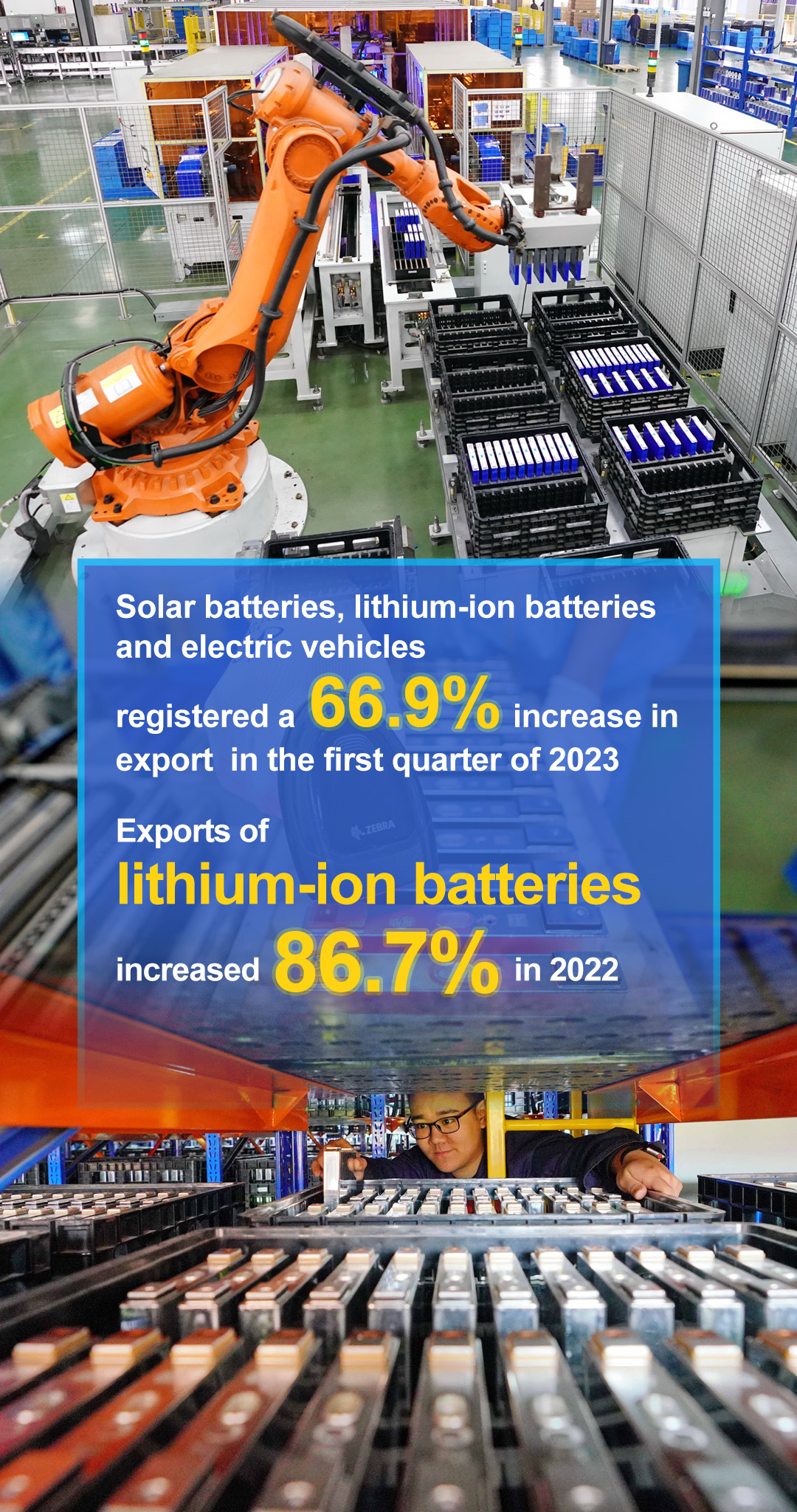
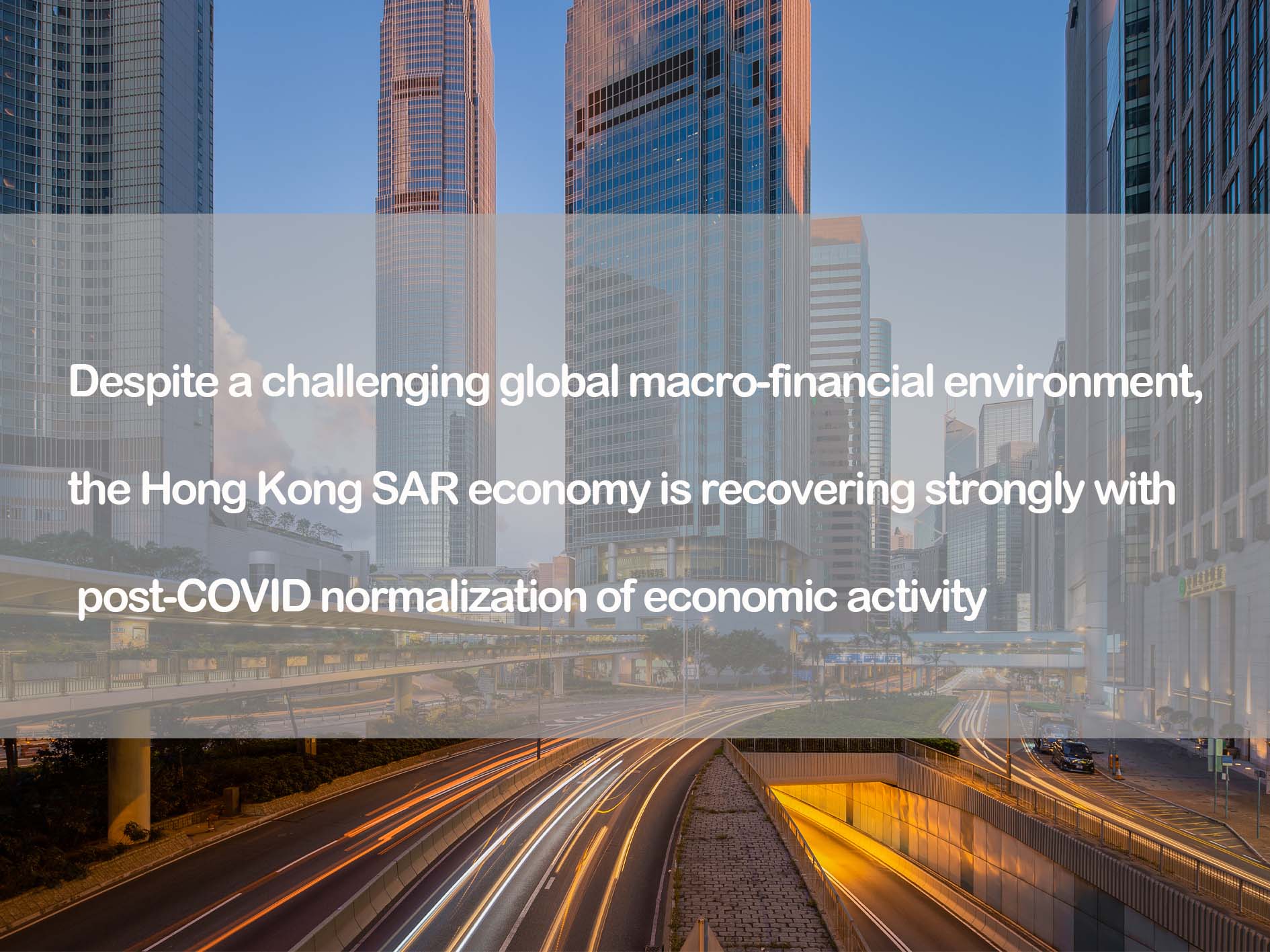


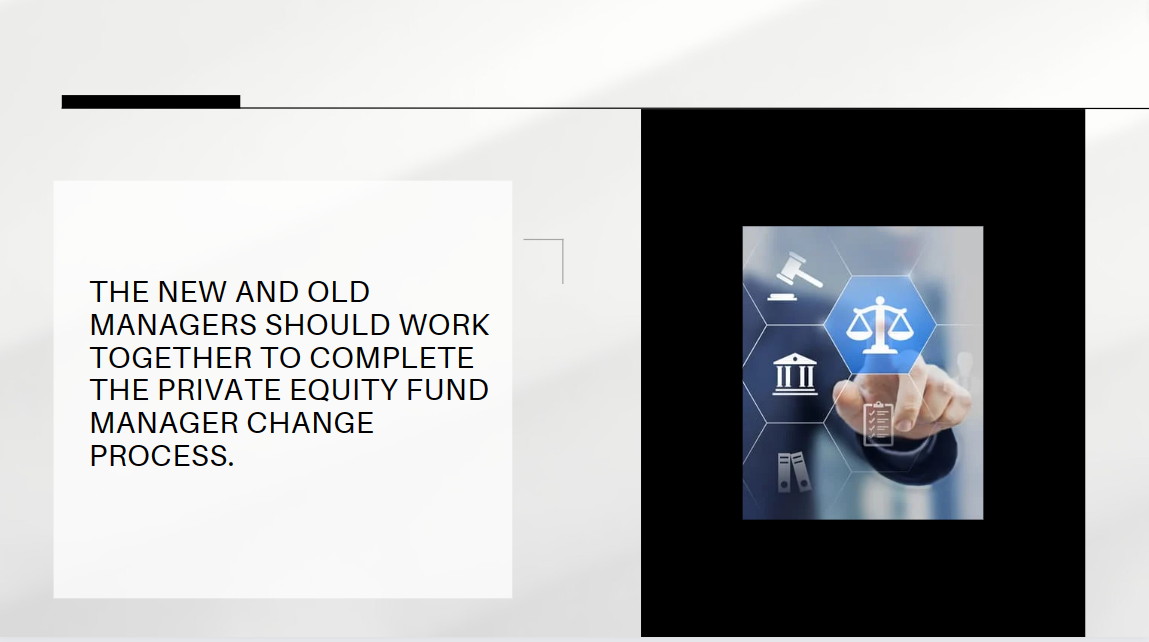
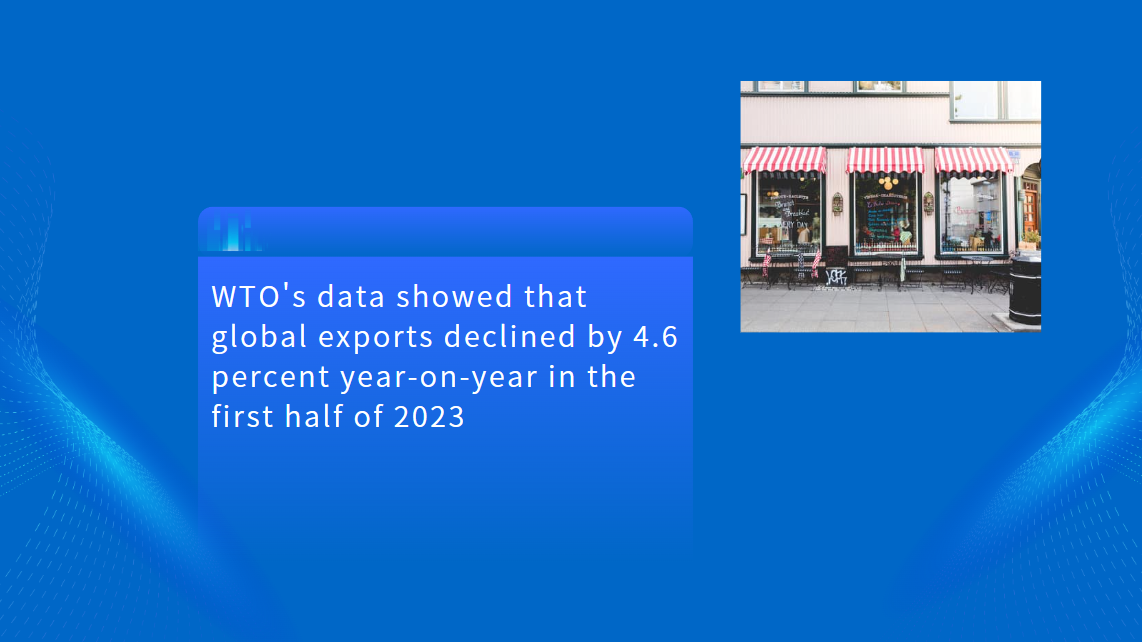
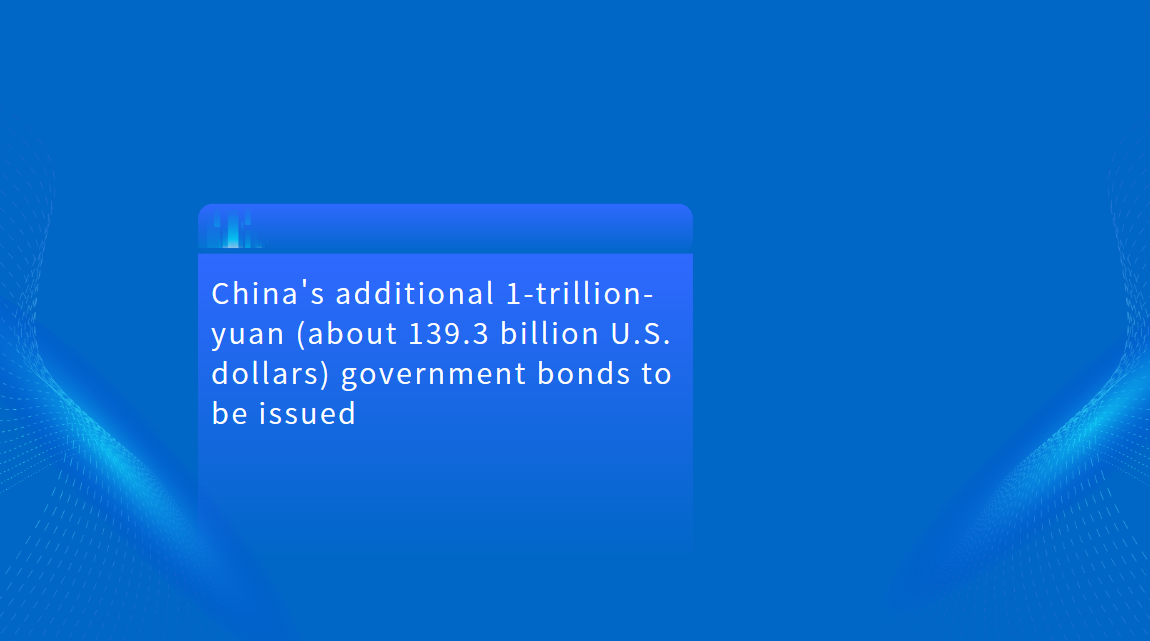
















First, please LoginComment After ~